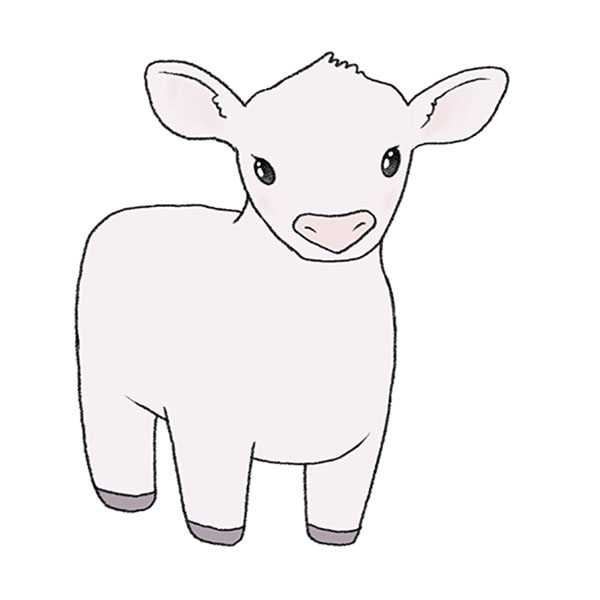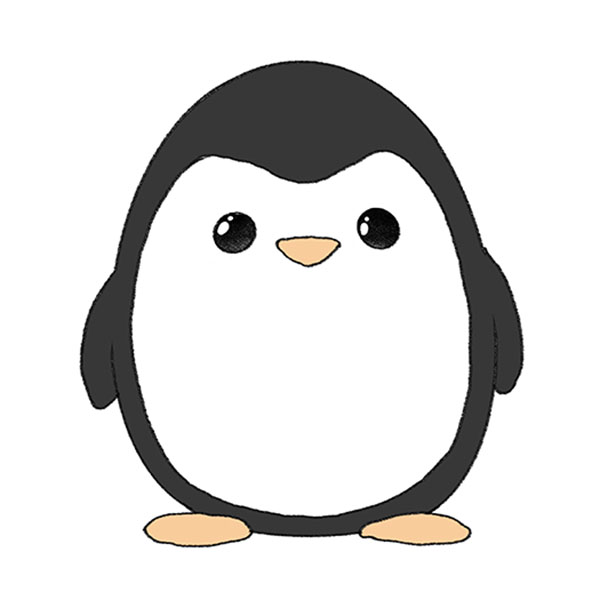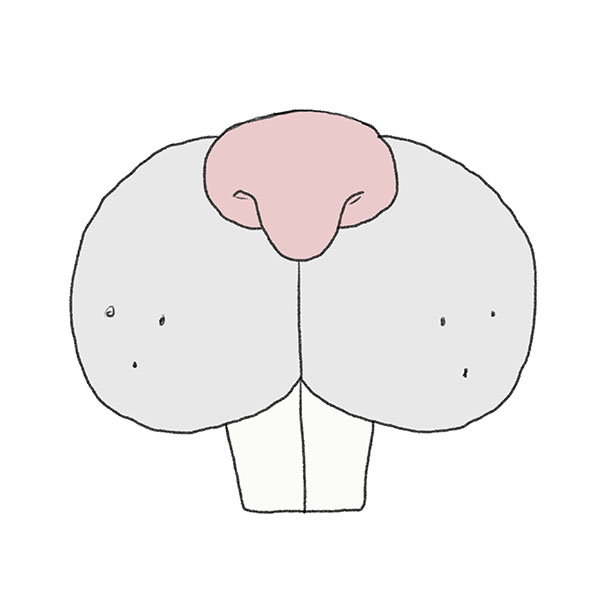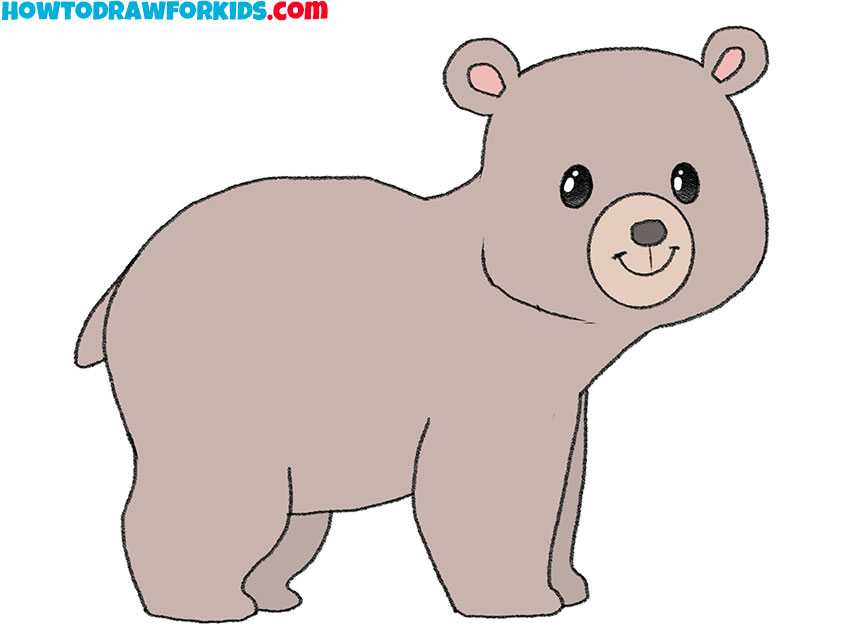How to Draw a Pigeon
Do you want to learn how to draw a pigeon as confidently and freely as it manages to fly in the sky? So this guide is just for you!
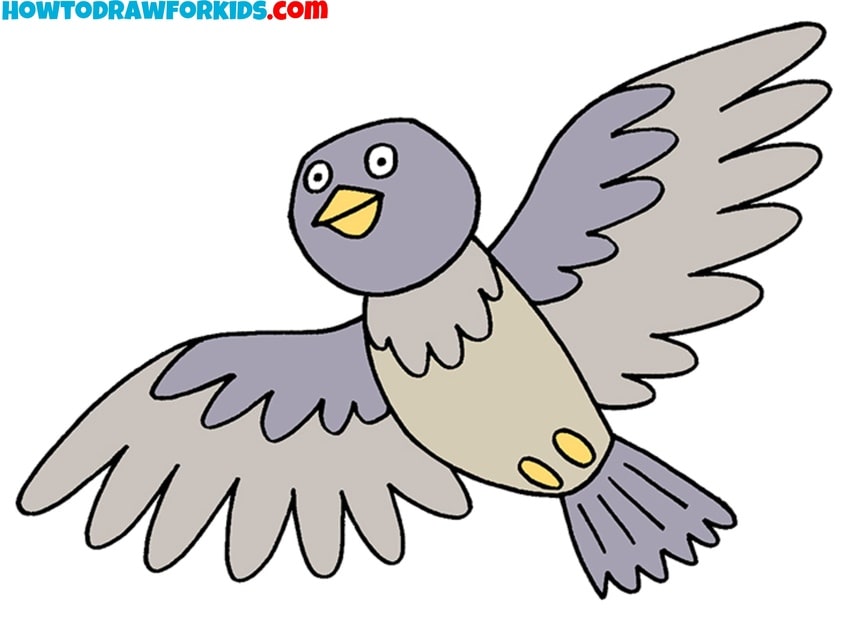

How to Draw a Pigeon: Basic Information
I have previously shared lessons on drawing pigeons on my website, covering various aspects of these fascinating birds. In this lesson, I aim to teach you how to draw a pigeon in flight, capturing its dynamic movement and elegant form.
Since ancient times, people have considered the pigeon a symbol of peace in the world. In our previous lessons on drawing a pigeon, we already told you that these birds are one of the most common on the planet.
The pigeon’s dynamic pose allows artists to practice illustrating movement on paper, from the curvature of its wings to the tilt of its head, conveying its graceful flight.
Furthermore, the pigeon’s drawing encourages an eye for symmetry, as artists must balance the left and right wings, tail feathers, and other bilateral features. This helps improve hand-eye coordination and spatial awareness, laying a foundation for more advanced artistic endeavors.
Pigeon Drawing Tutorial
Materials:
- Pencil
- Paper
- Eraser
- Coloring supplies
Additional Materials
Time needed: 30 minutes
How to Draw a Pigeon Step-by-Step
- Draw a circle for the head.
Start by sketching a simple circle. This will form the head of the pigeon. Ensure it is not too large or too small compared to the intended size of the final drawing. Position the circle roughly in the center of the top third of the page to allow room for the body and wings. Keep the lines light to facilitate easy corrections.

- Draw the eyes and beak.
Inside the circle, draw two small, round eyes close to the upper part of the head. Then draw two small dots inside the eyes for the pupils of the bird. Next, draw a small triangle pointing downwards for the beak, just below the eyes. Make sure the beak is centered between the eyes.

- Illustrate the outlines of the torso.
With the head and face in place, it’s time to sketch the body. Starting from the bottom of the head, draw an elongated oval shape that tilts slightly upwards. This oval will form the main body of the pigeon. The body should be larger than the head and taper slightly towards the end to create a natural, flowing shape.

- Draw the wings of the bird.
Begin by drawing two curved lines extending outward from the sides of the body. Each line should start near the top of the oval and curve upward before sweeping back down. From these lines, add feather details by drawing several smaller, rounded points extending outward.
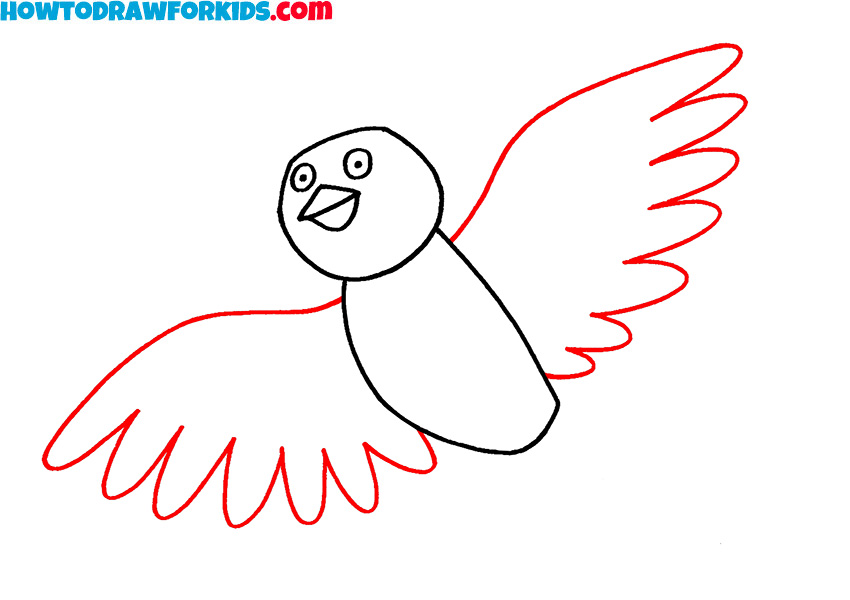
- Add the tail of the pigeon.
Starting at the lower back of the oval body, draw a small cluster of feathers. The tail should be fanned out slightly, with each feather represented by a small, rounded triangle. The tail feathers should be shorter than the wings and should extend outward slightly from the back of the body.

- Detail the feathers of the wings.
With the basic shape of the wings in place, it’s time to add more detail. Start by adding a second layer of feathers inside each wing, close to the body. These feathers should be smaller and layered underneath the first set you drew. Use small, rounded shapes to create this inner layer of feathers.

- Detail the body of the pigeon.
Draw additional details on the body. Add a series of curved lines near the middle of the body to form a patterned belly. Ensure these lines follow the natural curvature of the body. Then, add small circles or ovals below, representing the pigeon’s feet, positioning them evenly beneath the body.

- Refine the drawing.
Review the pigeon drawing and refine it. Ensure all lines are smooth and connected, and the proportions are consistent. Check for any missing details, including additional feather lines or facial expressions, and add them as needed. Consider adding small lines around the eyes for added expression.
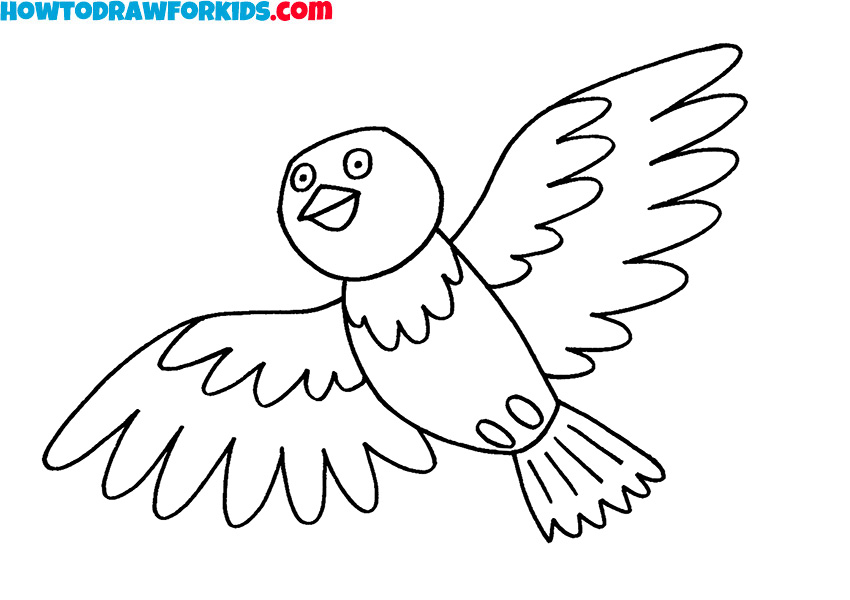
- Color the pigeon.
Typically, pigeons have grayish-blue feathers, with darker tones on the wings and a lighter, almost white, belly. The beak is usually yellow or orange, and the eyes are often depicted in shades of red or orange. Use these colors as a guide, but feel free to experiment with different shades to make your drawing unique.

Additional Materials
And, of course, a traditional free PDF version of the guide is available, offering additional resources to improve the learning experience. The PDF includes the complete guide to drawing a pigeon, as well as bonus materials designed to reinforce your skills.
You’ll find a coloring page to experiment with hues, a tracing worksheet to help you practice steady lines and proportions, and a grid drawing worksheet to develop your sense of scale and symmetry. These extras ensure you have all the tools necessary to create a beautiful pigeon drawing, from start to finish, while honing the basic artistic skills.
Common Mistakes
- One common mistake is drawing the head too small, which can throw off the proportions of the entire bird. Make sure the head is large enough to accommodate the facial features and is proportional to the body.
- Placing the wings too high or too low on the body can make the pigeon look unnatural. Ensure the wings start from the middle-upper part of the body, as shown in the tutorial, to achieve a balanced and realistic appearance.
- Beginners sometimes try to make the initial shapes too detailed. Remember, the first steps are about simple shapes like circles and ovals to establish the basic structure. You can add details later.
- Some may forget to add feather details on the wings, tail, and body, which can make the pigeon look too simplistic. Take the time to add these details to give your drawing texture.
- Skipping the refinement stage can leave your drawing looking rough and unfinished. Always go back to clean up any stray lines, smooth out the shapes, and make final adjustments to ensure a polished result.
How to Draw a Pigeon: Conclusion
I guided you through the process of drawing a cartoon pigeon created for kids. If you found this instruction helpful, consider subscribing to Howtodrawforkids.com on social media for more easy-to-follow tutorials. Additionally, share this guide with your friends so they too can enjoy creating this charming pigeon.
Remember, my site offers foundational lessons on drawing techniques, helping you progress from the basics to drawing like a real artist.

